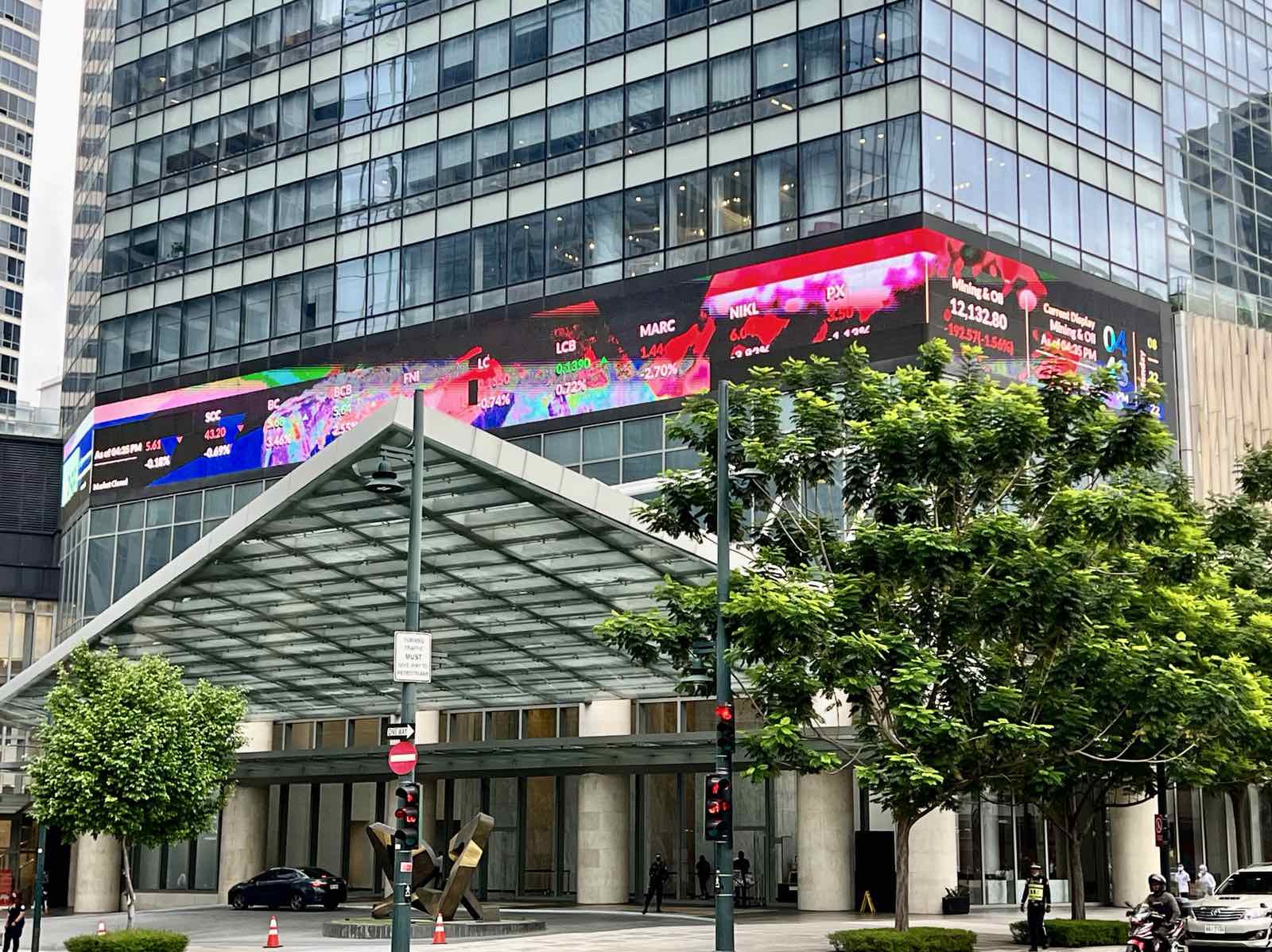
THE head of the United Nations Office for Disaster Risk Reduction (UNDRR) on Monday praised the Philippines' people-centered approach to disaster risk reduction.
At the 2024 Asia-Pacific Ministerial Conference on Disaster Risk Reduction (APMCDRR), UNDRR chief Kamal Kishore said the Philippines is already "way ahead" of the DRR curve as focus on communities, which are often the most affected during calamities, is an essential component of reducing and managing disaster risks.
"The work that is being done in the Philippines can be a lighthouse to the rest of the region and, indeed, the world," he said at a media reception.
On top of making sure that policies and projects come together at the local level, Kishore said the close collaboration between government agencies in the Philippines is a policy that other states should also replicate.
Joining Kishore at the forum were Defense Secretary Gilberto Teodoro Jr. and Environment Secretary Maria Antonia Yulo-Loyzaga.
In an interview, Yulo-Loyzaga said fostering closer collaboration between different sectors in the country "has not been easy" for the Philippines as well, but the key is making the academe an integral part of the conversation.
"The key seems to be in how you institutionalize this disaster risk reduction agenda and how that can be based in the state colleges and universities that are localized also in their focus," she said.
"[This is] so that when political administrations change, the knowledge continues to develop and is somewhere in the local government."
One of the outcome documents expected after the week-long APMCDRR is a co-chairs' statement issued by the Philippine government and the UNDRR.
The APMCDRR is held every two years and brings together UN member states, international organizations, and other stakeholder groups to accelerate the implementation of the Sendai Framework 2015-2030 at the regional level.
The framework is the outcome of the UN-supported negotiations held from 2014 to 2015 that aim to prevent new and reduce existing disaster risks.
All states and stakeholders involved in the agreement are currently working toward achieving seven global targets by 2030, including reducing mortality and direct economic loss from disasters and increasing access to multi-hazard early warning systems and the number of countries with national and local DRR strategies.
Running from October 14 to 18 at the Philippine International Convention Center in Manila, the APMCDRR 2024 centers on the theme "Surge to 2030: Enhancing Ambition in Asia-Pacific to Accelerate Disaster Risk Reduction."
Hosted by the Philippines in collaboration with the United Nations Office for Disaster Risk Reduction, the conference serves as a vital platform to monitor and review the implementation of the Sendai Framework for Disaster Risk Reduction 2015-2030.
As the first regional platform since the Sendai Framework's midterm review convened earlier this year, APMCDRR 2024 will offer stakeholders the opportunity to evaluate risk reduction efforts, exchange innovative solutions, and commit to actionable strategies aimed at mitigating disaster risks.
Participants in the conference include ministers, representatives from international organizations, civil society, and local communities, creating a rich tapestry of expertise and experience essential for advancing the DRR agenda.
The conference also aligns with the commemoration of significant events such as the International Day for Disaster Risk Reduction and World Tsunami Day, fostering a collective commitment to improving disaster preparedness.
The ministerial segment of the conference, set for October 15, will feature speeches from key representatives, including Teodoro and Kishore. This segment will focus on national priorities in disaster risk reduction efforts and strategies to ensure that no one is left behind.
Read The Rest at :








